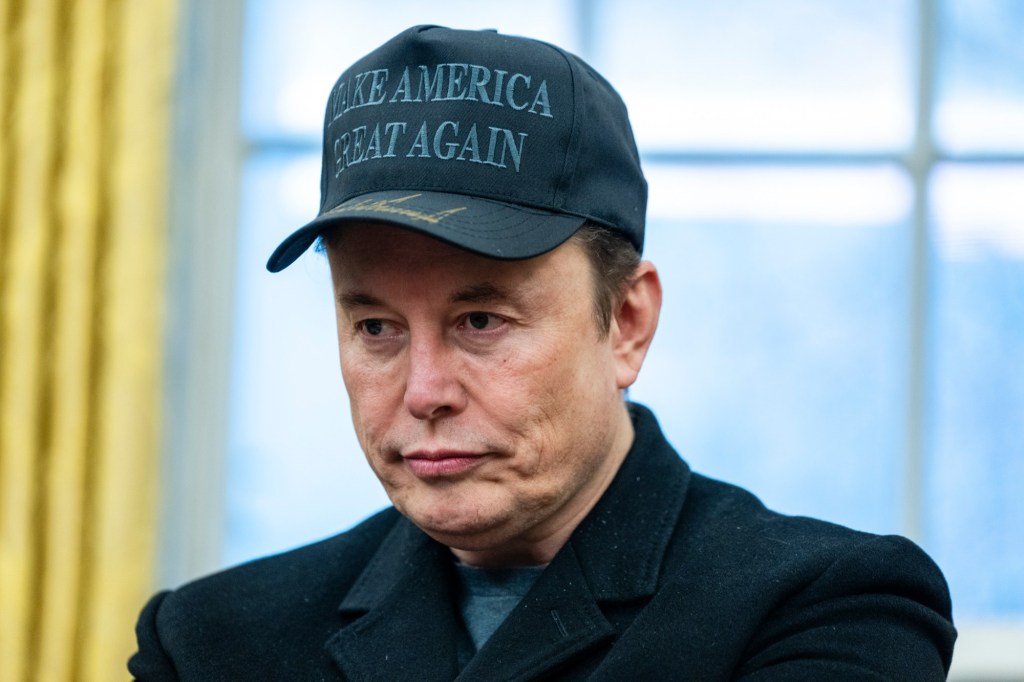
While efforts under the guise of the Elon Musk-led Department of Government Efficiency (DOGE) have generated a lot of headlines and a lot of upset, it’s important to keep in mind the extent of America’s poor fiscal state.
Earlier this month, the Government Accountability Office (GAO) issued a report reiterating that as of the end of the last fiscal year (Sept. 2024) the combined total of debt held by the public and intragovernmental debts totaled $35.3 trillion. For reference, the national Gross Domestic Product in 2024 was $28.8 trillion.
Worse, the GAO is forecasting that debt will grow much faster than the economy for years to come.
The rapid growth in the national debt and the ongoing projected growth of that debt has been years in the making, as the federal government has continued to spend far beyond its means.
“Despite strong economic growth, the fiscal year 2024 deficit was more than $1.8 trillion, the fifth year in a row the deficit exceeded $1 trillion,” the GAO noted. “During fiscal years 2017–2024, the federal government added $14 trillion to the debt. That is 50 percent of the total $28.2 trillion debt held by the public as of September 30, 2024.”
The GAO rightly points out tangible reasons to care about the growing. One practical reason: A growing debt and rising interest costs means fewer resources for other policy objectives. With interest payments alone already costing the federal government more than it spends on the military and Medicare, that’s a major crowdout of finite resources. With that kind of budget constraint already built in, we can expect the federal government to find itself perpetually unable to respond to major crises without taking on even more debt.
Another consideration is the drag on investments and the economy that large debt loads bring. “As the government’s borrowing needs grow, interest rates could rise, causing investors to dedicate more of their capital to buying Treasury securities — such as bills, notes, and bonds,” they note. “As a result, less capital may be available to invest in factories, new technologies, and other productive uses.” Over time, that means deleterious impacts to workers, wages and innovation.
When the idea of DOGE was being pushed by Musk and Vivek Ramaswamy, they were so bold as to suggest trillions of dollars could be cut through their efforts. But then Ramaswamy departed the project, apparently because he wanted to pursue changes through the legislative process while Musk was primarily interested in more blunt methods and a focus on technological efficiencies.
Musk has been busy posting on X, stirring up animosity toward, of all things, the United States Agency for International Development, while lawsuits accumulate in response to his methods.
When all that dust settles, there will still be a mountain of federal debt and unjustifiably high levels of deficit spending. Trump in his first term dismissed concerns about the debt. In fact, even before the pandemic, the federal government was on track to see deficits above $1 trillion for the next decade.
We’re not so sure he cares about the debt now and he may just take as a victory whatever relatively small cuts are made from Musk’s efforts.
That won’t do.



